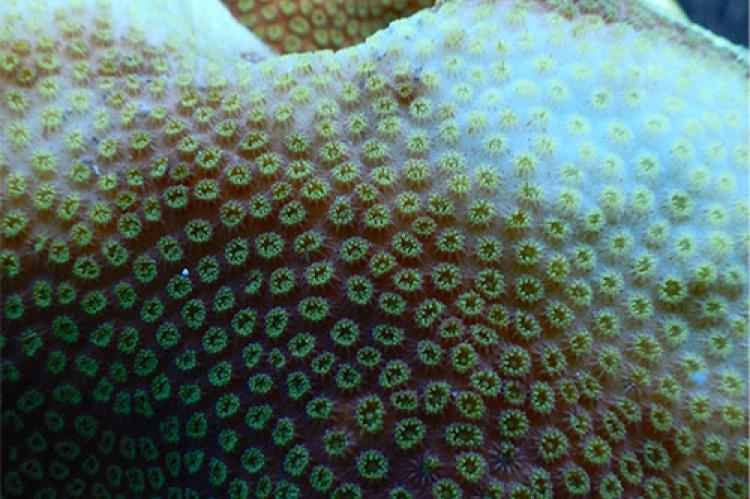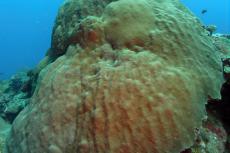Some coral swap their symbiotic algae when threatened
The findings are important to understand the fate of coral reefs as ocean waters warm due to climate change.
These studies suggest that that the rate of warming, timing between bleaching events, and severity of each bleaching event, will play an important role in determining coral survivorship
Corals depend on symbiotic algae to survive and build coral reefs. Increased ocean temperatures due to climate change can cause these symbiotic algae to be expelled from the coral, an event known as bleaching, which often leads to death.
Scientists from University of Miami placed corals in tanks and subjected them to increased water temperatures to gain insights into how they may react to global warming by replicating ocean conditions that would lead to both mild and severe coral bleaching.
The corals, collected from waters off Miami, were then allowed to recover at two different water temperatures, below and above the local average, to see if they recovered with the same or different algal partners.
The researchers discovered that severe bleaching and warmer water recovery temperatures caused corals to shuffle their symbionts in favor of more heat-tolerant algae, which belong to a group of symbionts called clade D, while mild bleaching and cooler recovery drove shifts toward the less heat-tolerant algae, in clade B.
These findings help resolve a long-standing debate over why some corals switch partners after bleaching, while others do not. They show that, as the oceans continue to warm and bleaching events become more severe, we might expect heat-tolerant symbionts to become a common feature of recovering reefs. Corals that can ‘buddy up’ with different algae might be more resistant to bleaching in the future.
Andrew Baker, UM Rosenstiel School associate professor of marine biology and ecology and a Pew fellow in marine conservation.



